23 Ways to Get Your Home and Car Ready for Winter
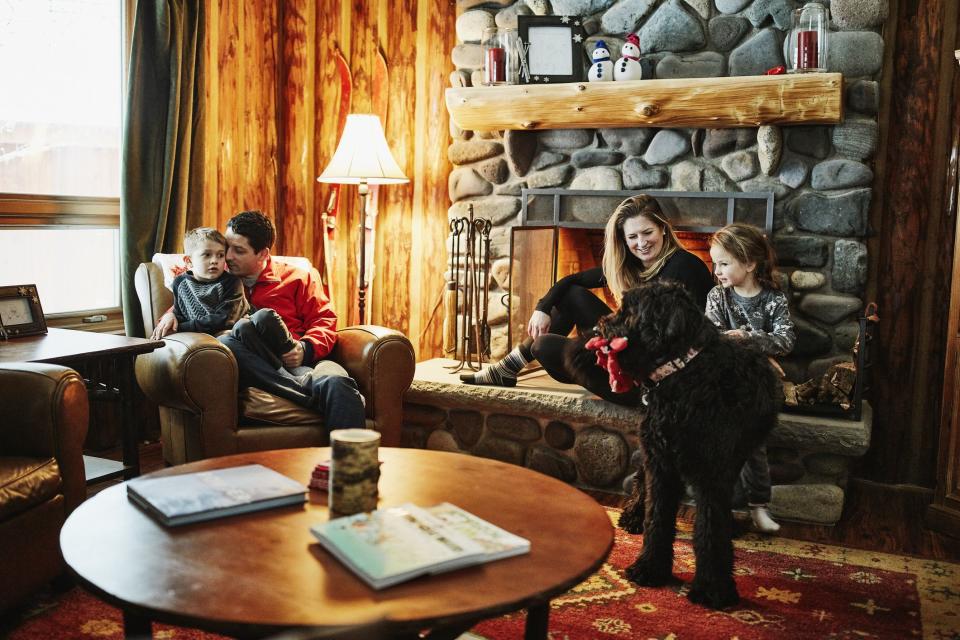
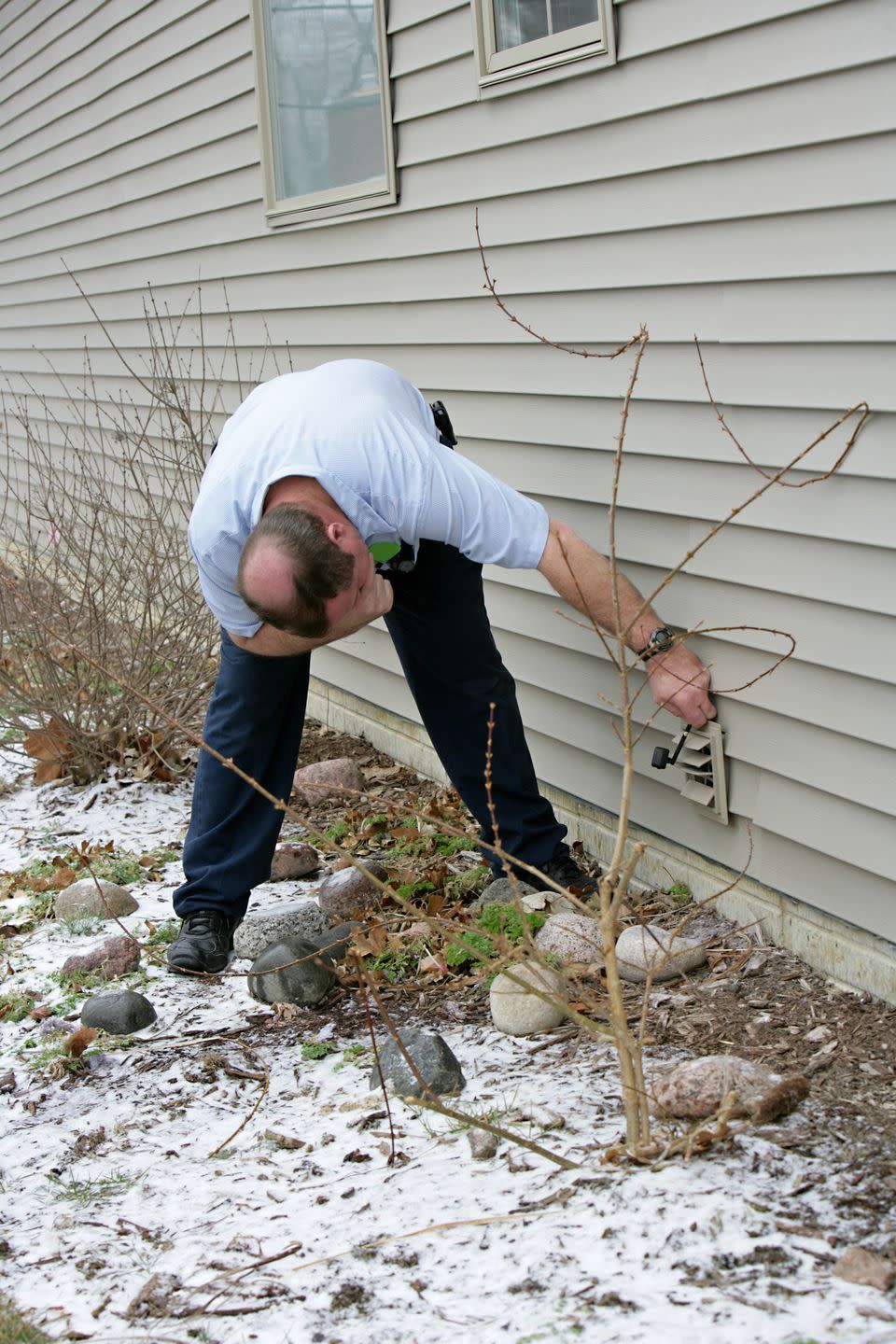
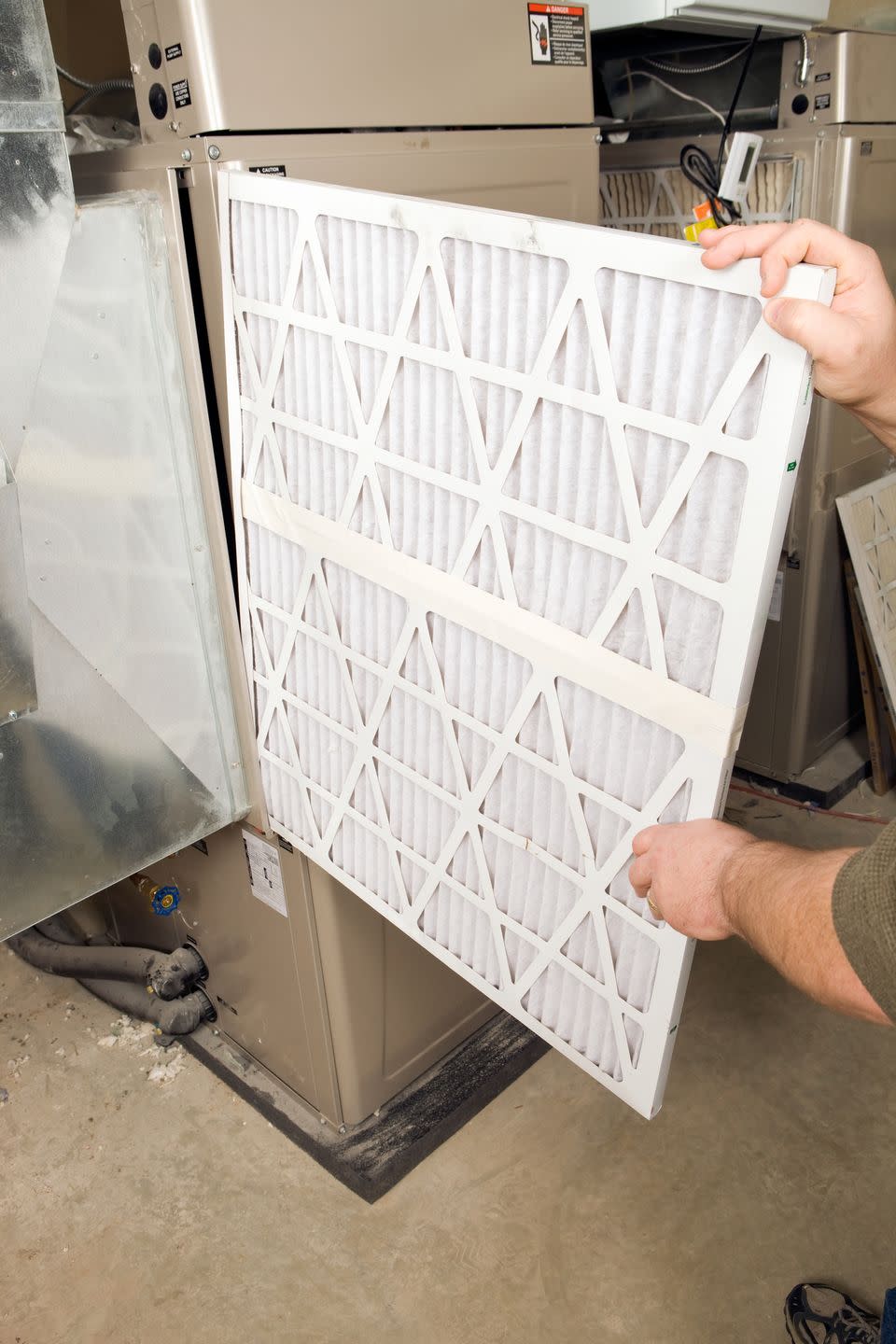


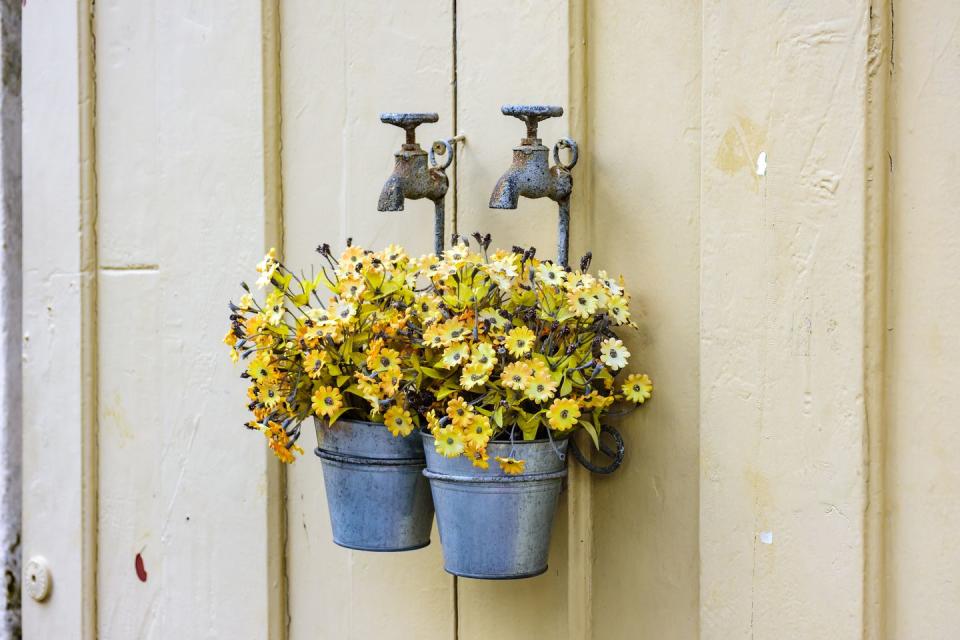

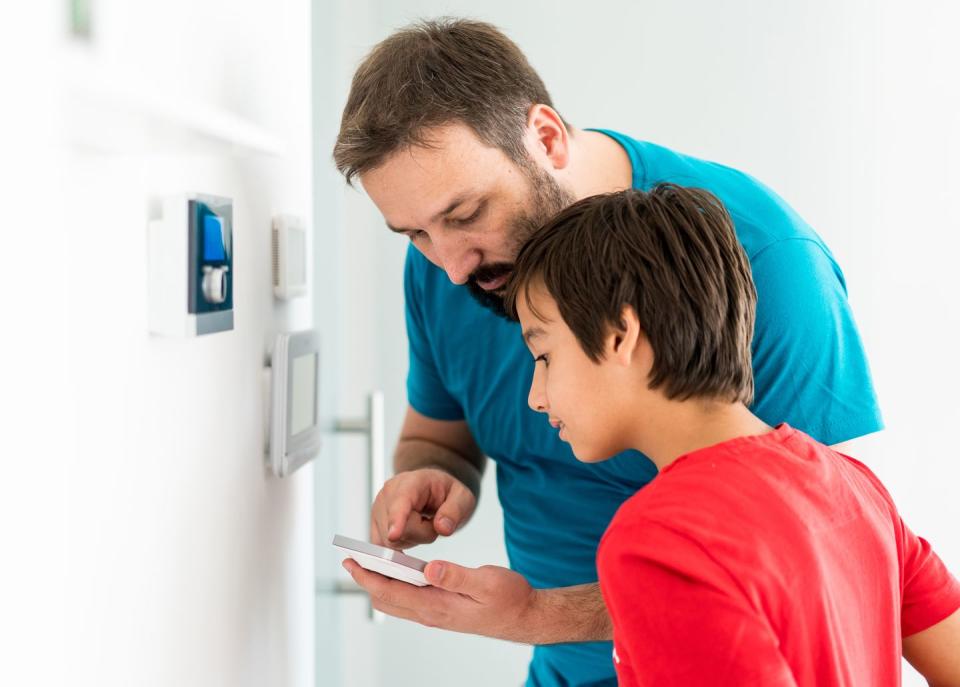

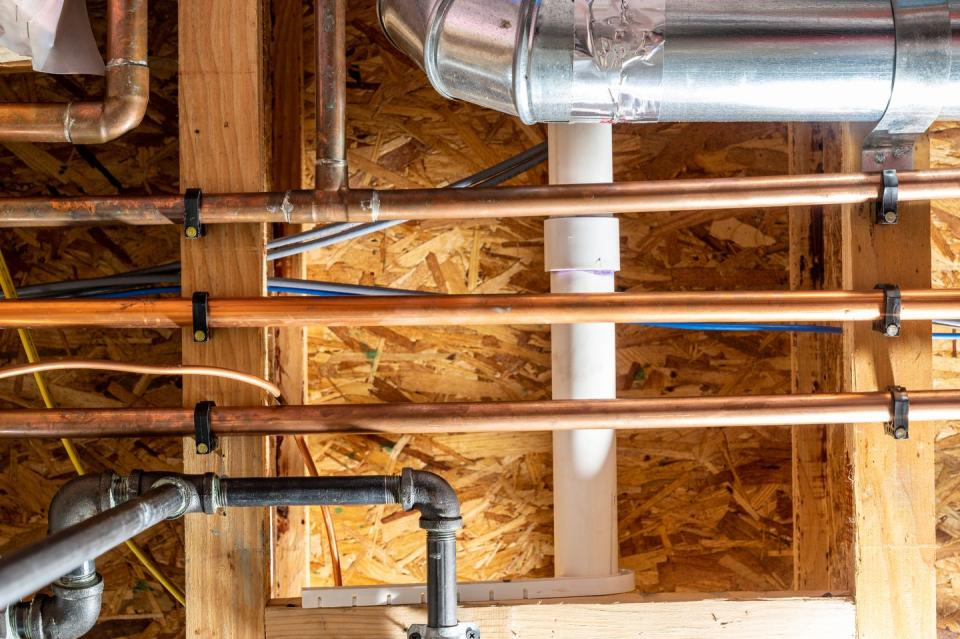
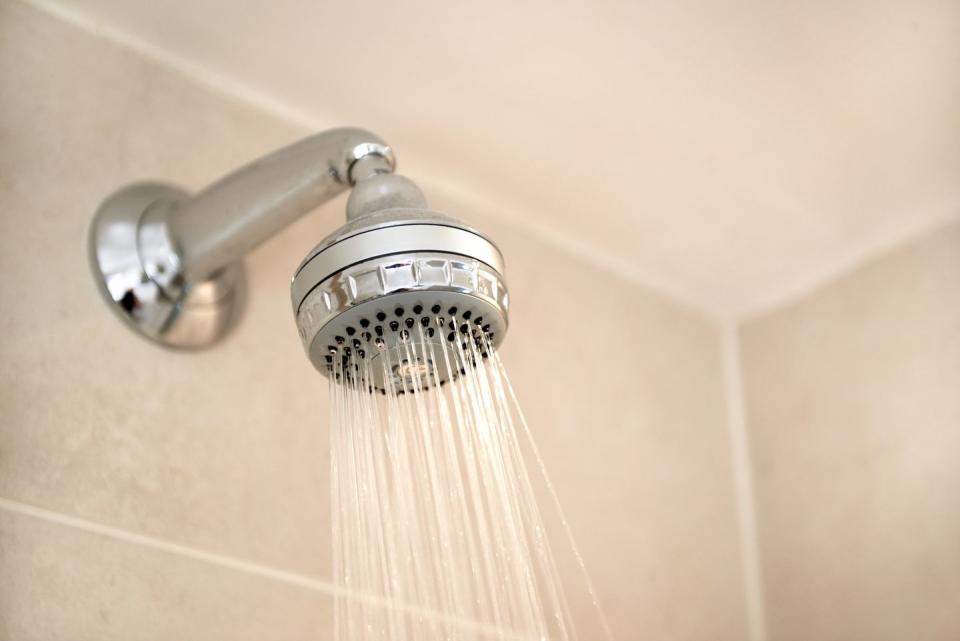

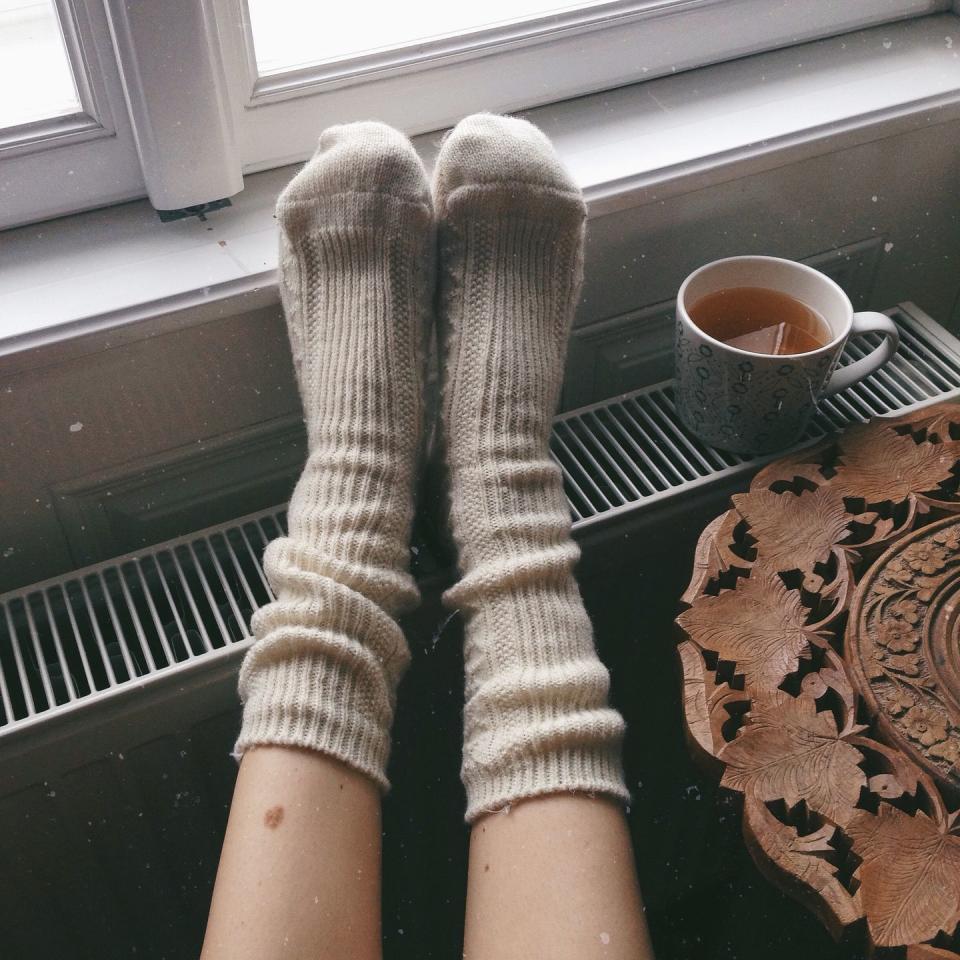










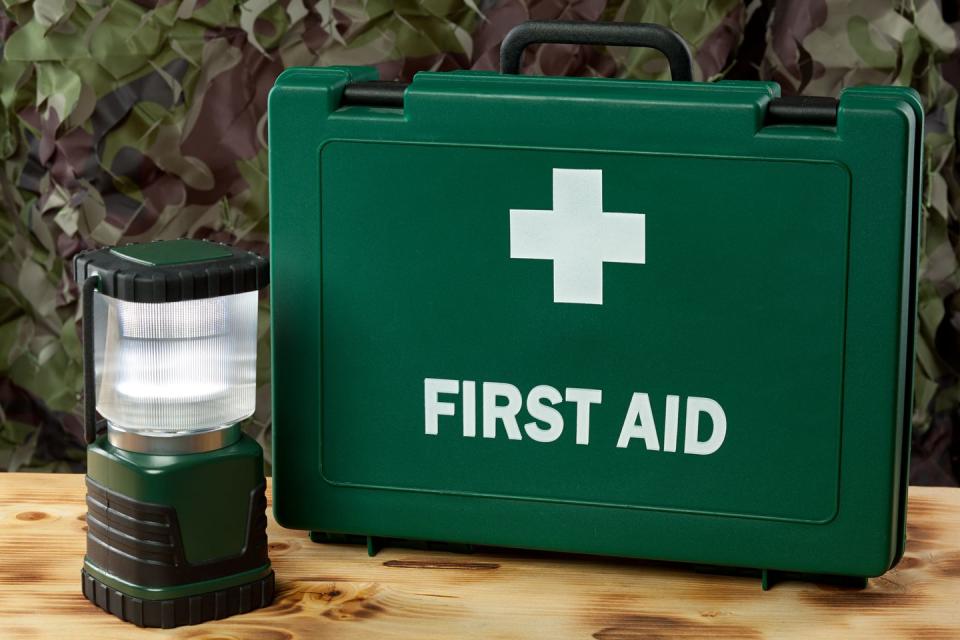
23 Ways to Get Your Home and Car Ready for Winter
With temperatures plunging around the country, it’s essential to make sure that your home and car are ready to get you through the season safely. It’s hard to imagine that gathering around a warm, cozy fireplace scene could be a safety risk, but it absolutely can be. According to the U.S. Fire Administration, half of all home heating fires occur in December, January and February. Those fires can easily be prevented with some maintenance. And home safety doesn’t stop there. Whether it’s a burst pipe or a broken heater, many home repairs can be avoided.
As for your car, you may be driving less this year, but that doesn’t mean your car should stay idle in your garage. Winterizing your vehicle is crucial for saving money in repairs and potential breakdowns. Research from the AAA Foundation for Traffic Safety reported that about 46 percent of crashes involving bad weather take place in the winter. So any due diligence you can do to keep yourself safe in the winter is definitely worth it.
While it’s important to keep your home and car in tip-top shape year-round, maintenance for the winter season can help you avoid major repairs down the road.
Dealing with these maintenance tasks upfront can help keep you safe through the cold winter season.
